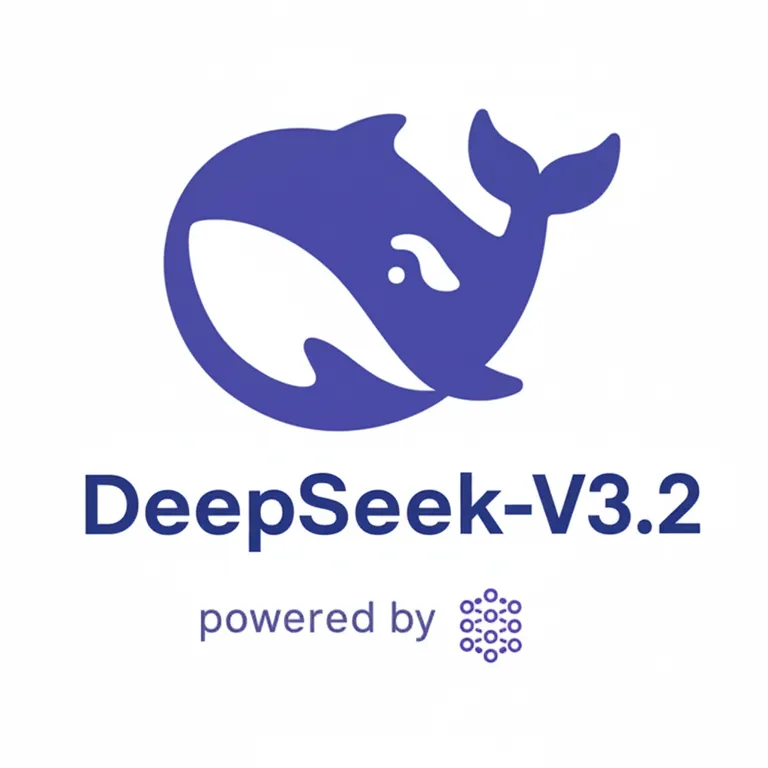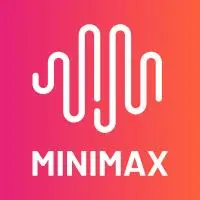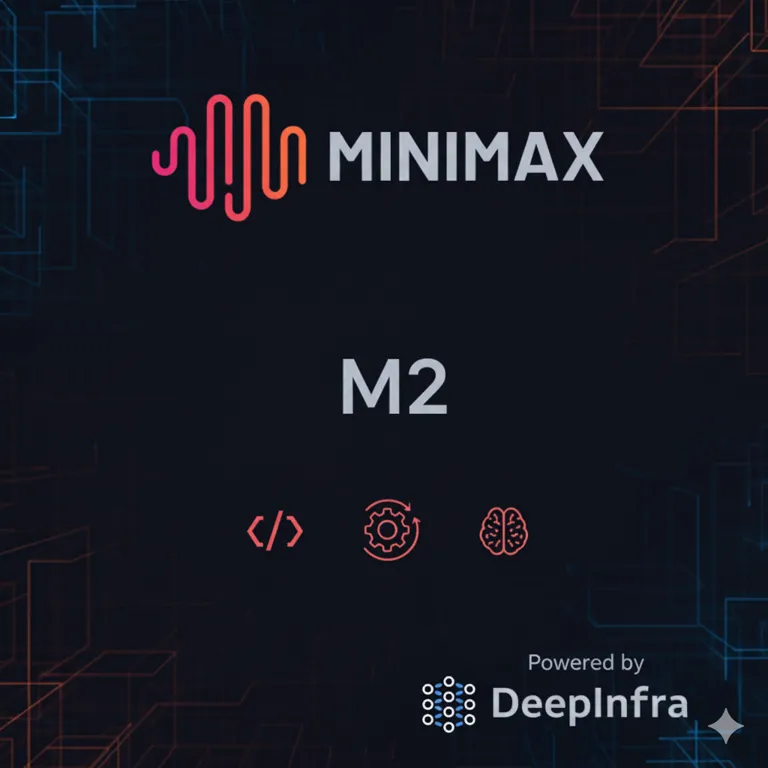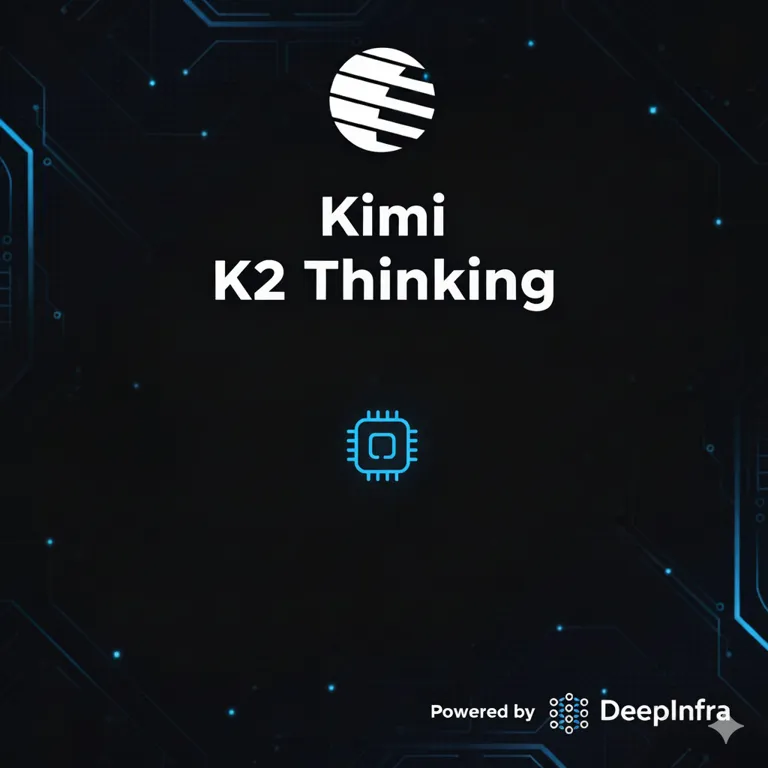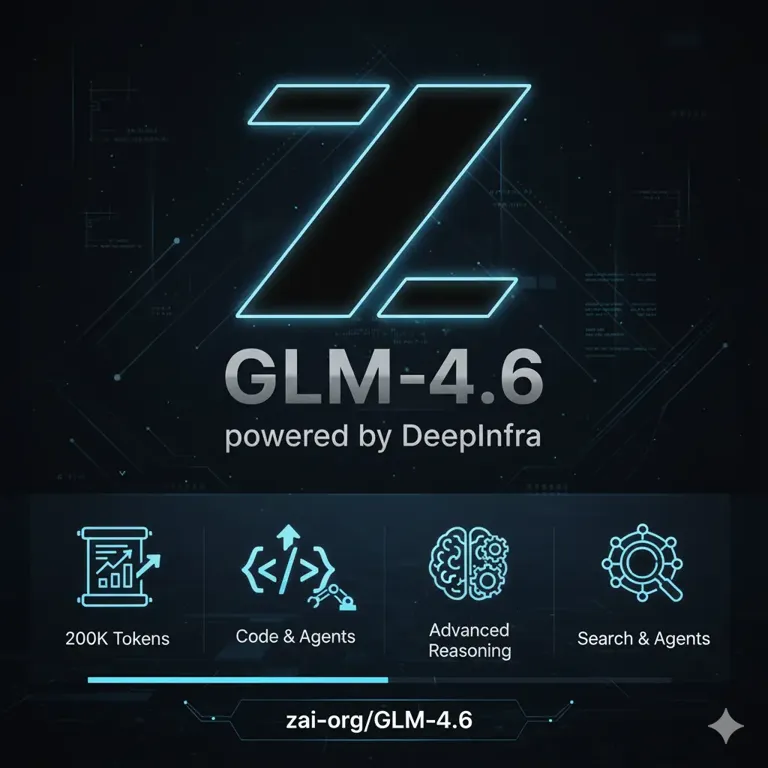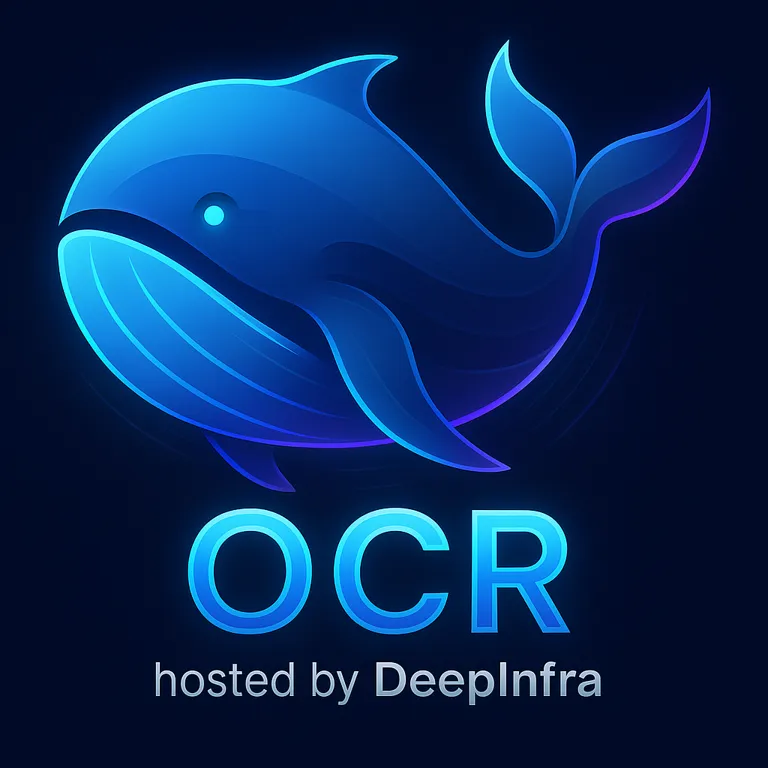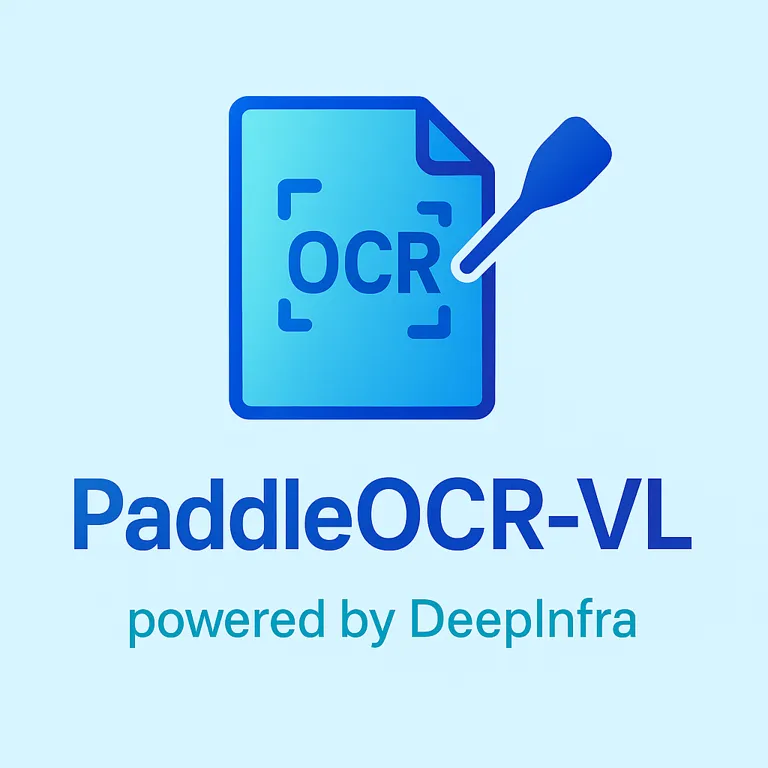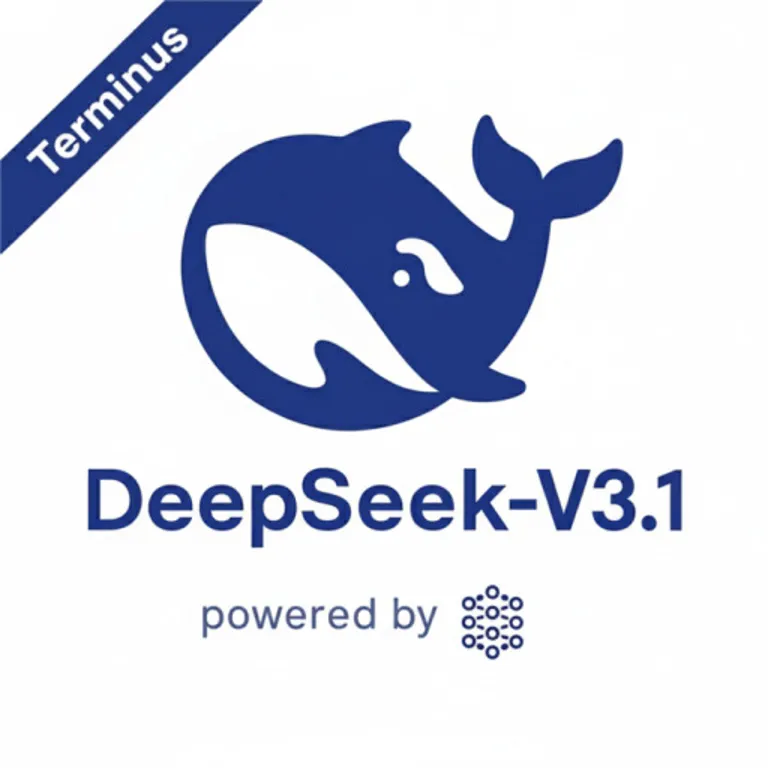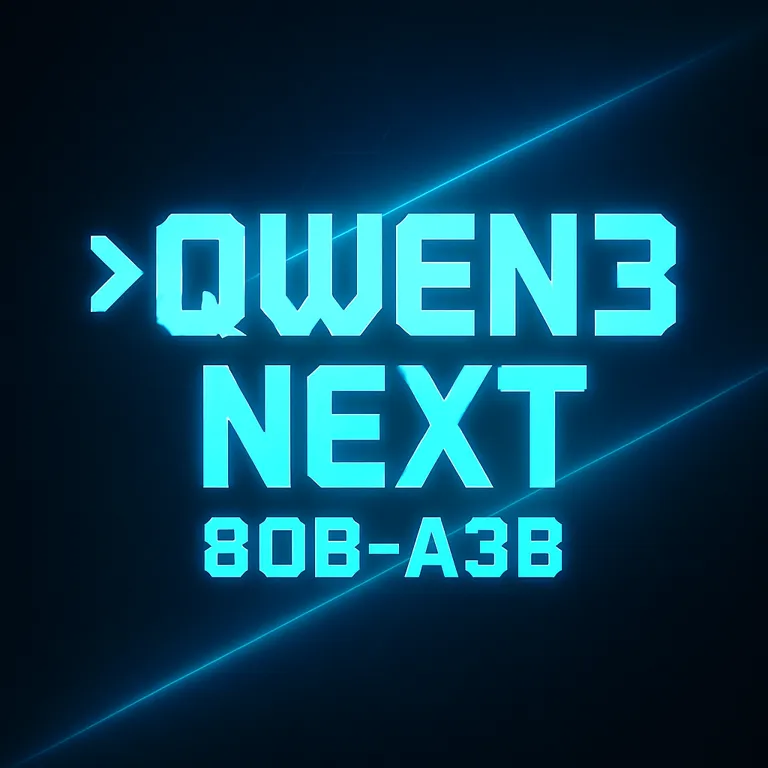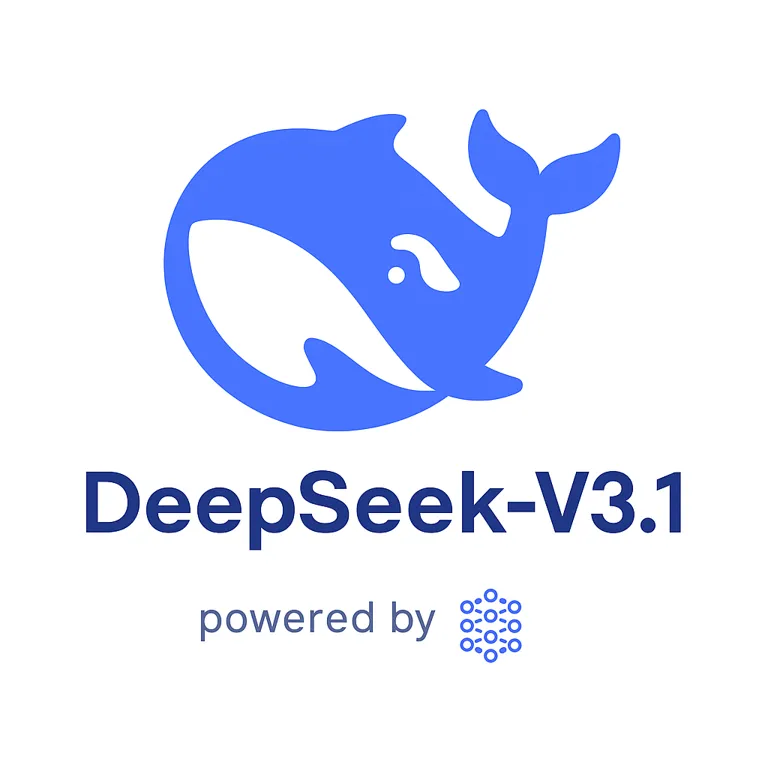We use essential cookies to make our site work. With your consent, we may also use non-essential cookies to improve user experience and analyze website traffic…
FLUX.2 is live! High-fidelity image generation made simple.
DeepStart1,000,000,000 free tokens*
To qualify your startup needs to meet the following
Have raised between 250K and 10M USD
Founded in the last 2 years
* at DeepSeek V3.1 pricesFeatured models
What we loved, used, and implemented most last month

© 2025 Deep Infra. All rights reserved.


